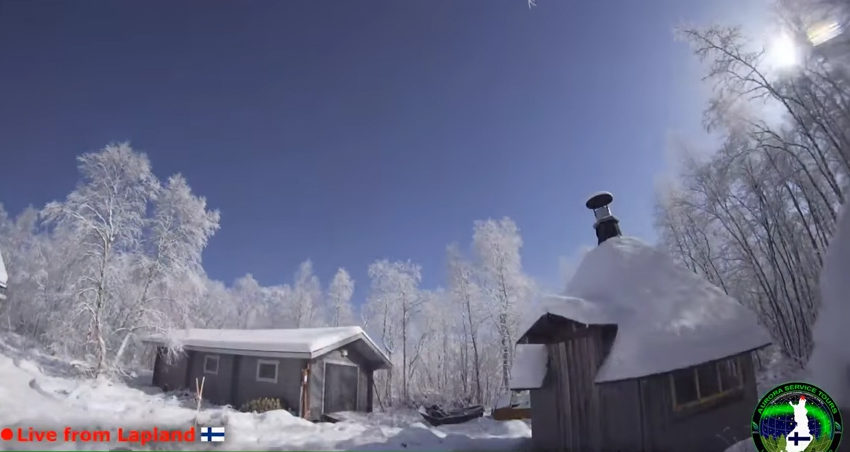OF THE
TIMES
History will have to record that the greatest tragedy of this period of social transition was not the strident clamor of the bad people, but the appalling silence of the good people.
These parasites do like their grand-standing. This sounds very much like the rhetoric obomber Barry was spouting during his tenure. He spent a...
These are the wet dreams of psychos and the out-of-touch. None of these nato armies, apart from the US, can field more than ten thousand trained...
Doorstep? Do they mean the Hearthstone? The most important stone of the building by which one is granted entry and an ancient symbol. "Doorstep"...
The real stone of destiny is held by the knights Templar.
es mas sospechoso que un gitano haciendo footing (Chiquito de la Calzada).
To submit an article for publication, see our Submission Guidelines
Reader comments do not necessarily reflect the views of the volunteers, editors, and directors of SOTT.net or the Quantum Future Group.
Some icons on this site were created by: Afterglow, Aha-Soft, AntialiasFactory, artdesigner.lv, Artura, DailyOverview, Everaldo, GraphicsFuel, IconFactory, Iconka, IconShock, Icons-Land, i-love-icons, KDE-look.org, Klukeart, mugenb16, Map Icons Collection, PetshopBoxStudio, VisualPharm, wbeiruti, WebIconset
Powered by PikaJS 🐁 and In·Site
Original content © 2002-2024 by Sott.net/Signs of the Times. See: FAIR USE NOTICE

Comment: We beg to differ with the claim that meteors as bright as a quarter Moon and as bright as the moon occur once every 10 days and every 3 months respectively. Anyone who checks our 'Fire in the Sky' section regularly will know that such events happen much more often.